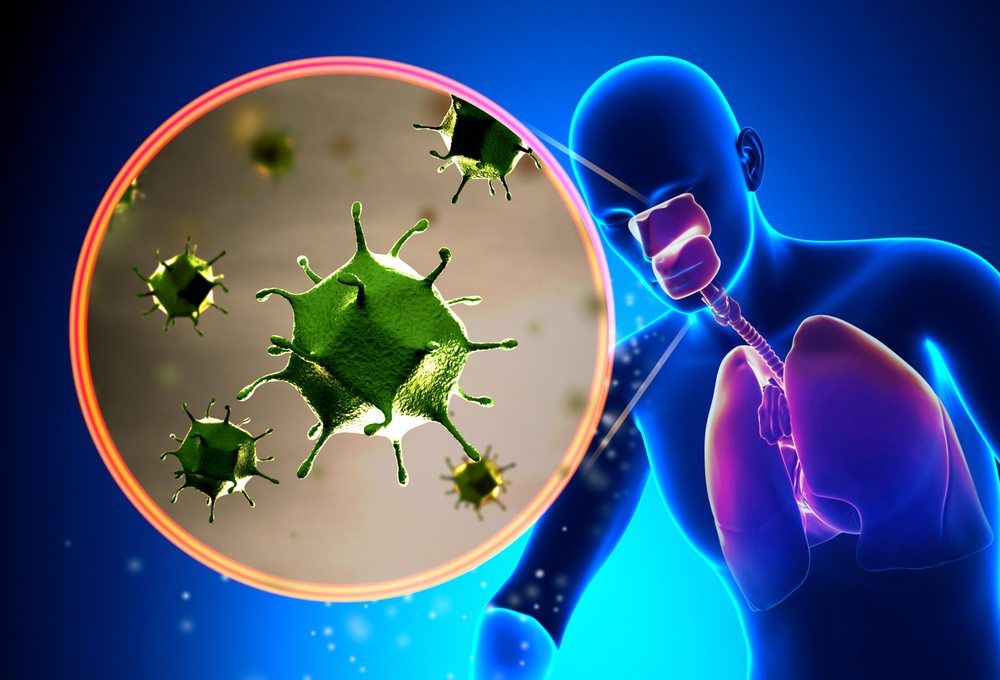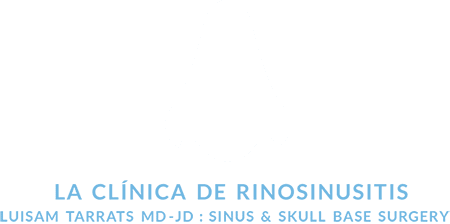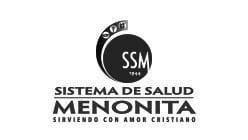Allergic Rhinitis

Rhinitis is an inflammation of the nose with one or more of the following symptoms: clear rhinorrhea, sneezing, nasal congestion, and nasal itching. It is a common disease with a significant impact on quality of life, social interactions and work performance. The most prevalent of rhinitis is Allergic Rhinitis (AR) which results from a immunoglobulin E (IgE) reaction and histamine release.
Allergic rhinitis diagnosis requires evidence of a positive allergy testing in concordance with the patient’s history and clinical findings. Allergy testing can be perform as a skin pinprick test or by a blood analysis through an in vitro immunoassays evaluation. Treatment needs to be comprehensive and should include environment control, pharmacotherapy, immunotherapy and in some cases surgery. The mainstay of medical treatment is topical steroids and oral non-sedating anti-histamines.
The Inferior Turbinate
The inferior turbinate is an anatomical structure that performs a crucial part in normal nasal physiology by contributing to the regulation of nasal airflow. Also, the inferior turbinate plays a role in warming and humidifying inspired air in preparation for lung delivery.
The inferior turbinate has a tubular osseous morphology surrounded by pseudostratified ciliated columnar epithelium overlying seromucinous glands and venous sinusoids. As a result of longstanding insults, the vascular channels in the mucosa can expand by receiving more blood. This expansion of volume consequently increases the size of the turbinate and causes nasal flow interference. The medical term for enlargement of the turbinates is hypertrophy and it is a known source of nasal obstruction. Nasal obstruction is the primary indication for inferior turbinate surgery. However, there is evidence that this procedure could be beneficial for patients with allergic rhinitis.
Surgical Technique
Turbinate surgery goes from: out-fracture; soft tissue resection; submucosal resection of bone and soft tissue, and full-thickness resection following a ladder that goes from conservative manipulation to more aggressive procedures. A balance between turbinate resection and mucosal preservation seems to offer the best results in terms of nasal patency and morbidity.
Complications
Bleeding, nasal dryness, crusting, scarring, and atrophic rhinitis are the most common complications. Employing a mucosal sparing technique and preserving the major amount of tissue possible while addressing the obstructive component have been found to decrease the frequency of adverse effects. A controversial phenomenon know as “empty nose syndrome” relates to the excessive resection of turbinates which can be associated with paradoxical complaints of nasal obstruction by decreasing nasal resistance to the point that the individual is unable to perceive that air is adequately flowing through the nose.










